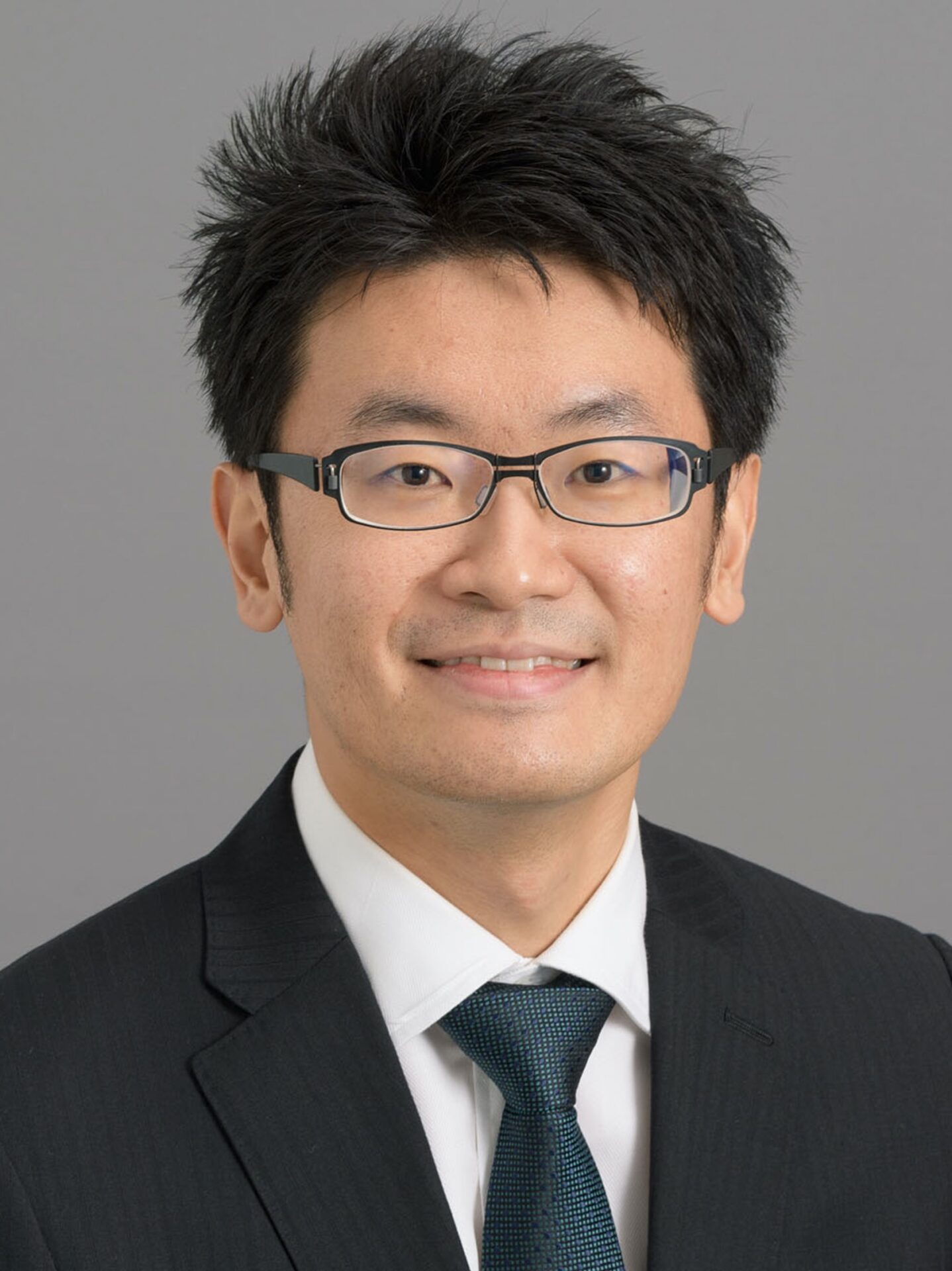Strategic Professional Development Program for Young Researchers
Top Runner Development Program Engaging Universities,
National Labs, and Companies
Fellows (1st-term)

MAEDA, Tomoki
Assistant Professor
Frontier Research Center for Applied Atomic Sciences,
Ibaraki University
- Research fields
- Polymer Science, Neutron Science
- Research project
- Nanocomposites for highly functionalized polymeric materials
- Keywords
- Polymer, Nanocomposite, Neutron scattering
- Researchers Information
- https://info.ibaraki.ac.jp/Profiles/104/0010360/profile.html
- researchmap
- https://researchmap.jp/7000022805
Biography
MAEDA Tomoki received his Ph.D. degree from Keio Univeristy in 2016.
MAEDA Tomoki began his professional carrier in 2013 as a research assistant at Keio University. In 2015, he beame an assesiatnt professor at the department of mechamical engineering, Keio University. During his carrier at Keio University, he became a visiting researcher at Materials Research Laboratory (MRL), University of California, Santa Barbara (UCSB) in 2013 and 2016. In 2018, he was selected as an excellent young researcher (EYR) of “Leading Initiative for Excellent Young Researchers (LEADER)” supported by the Ministry of Education, Culture, Sports, Science and Technology (MEXT), Japan, and came to Frontier Research Center for Applied Atomic Sciences, Ibaraki University as an assistant professor.
Research Outline

Dr. MAEDA Tomoki seeks to fabricate highly-functionalized polymeric materials by studying the fabrication process and the structural-analysis mothod of polymeric nanomaterials and nanocomposites.
As his studies on the fabrication of polymeric nanomaterials, he utilizes electrospinning for the nanofiber fabriation. In particular, he focuses on the viscoelasticity of polymer solutions and has succeeded in fabricating nanofibers of a MPC polymer containing an analogue of phospholipid and nanofibers of a crystalline polymer of polypropylene. At present, he attempts to fabricate nanofibers of high-performance polymers.As his studies on the fabrication of polymeric nanocomposites, he utilizes nano-clay particles forming gel at relatively lower concentration. In particular, he focuses on the thermoresponsive gelation of nanocomposite hydrogels composed of thermoresponsive amphiphilic block copolymers and nano-clay particles. In addition, he is based in Tokai-mura where J-PARC (Japan Proton Accelerator Research Complex), one of world’s highest performance neutron experiment facilities, locates, and takes advantage of quantum beams such as neutrons, X-rays, and electrons to conduct refined nanoscale structural analysis. In particular, he is involved in management, operation, and user support at BL20 iMATERIA, Materials and Life Science Experimental Facility (MLF), J-PARC.
What is my goal as a transborder researcher?
高分子科学と環境学のトランスボーダーを真に実現する研究者を目指します.高分子科学は,材料を扱う学問であり,社会経済活動と密接に結びついているため,他分野への影響,他分野からの影響が大きいです.実際,プラスチック,ゴムに代表されるポリマーは,身の回りで盛んに利用されていますが,近年では,海洋プラスチック等による環境汚染が世界的課題となっており,逆風にさらされています.そこで,環境学の観点から,この世界的課題を正確にとらえ,高分子科学に還元することで,持続性高分子科学の実現を目指します.
I would like to be a transborder researcher truly bridging/interfacing the fields of polymer science and environmentology. Polymer science is a field of materials science having wide-reaching impacts to various fileds. In actual, for example, polymers are now indispensable materials in our modern life, and, at the same time, the polymeric waste can make serious impact on the environment. As is clear from the fact that ocean plastic pullution is recognized as one of global challenges and the trend of reducing plastic waste, the field of polymer science are facing tough headwinds. Therefore, I am convinced that it is time to develop the filed of “sustainable polymer science” by bridging/interfacing the fields of polymer science and environmentology.
Movies
-
MAEDA, Tomoki, TRiSTAR Fellow (1st-term)
Related article
In Preparation.
